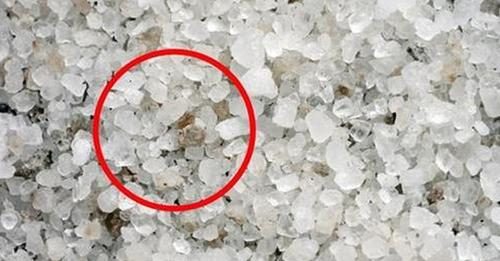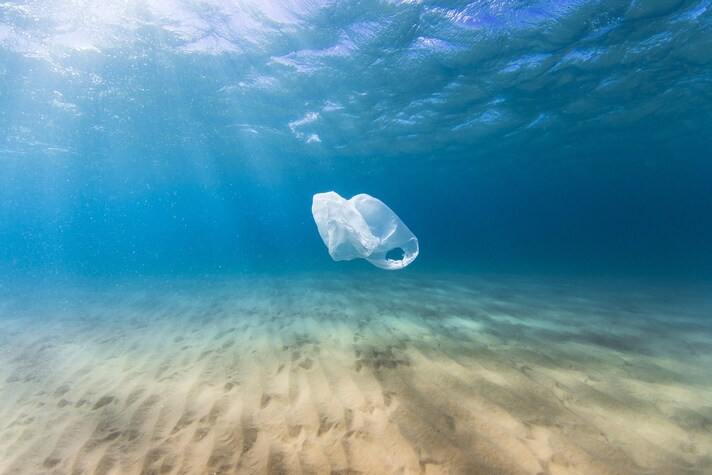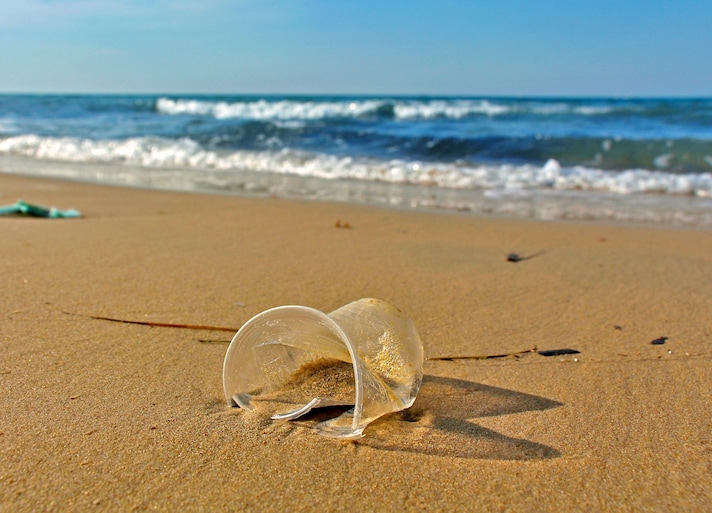;)
Greenpeace says that in the salt we use for cooking, and that we eat, there are fragments of microplastics smaller than 5 millimeters: this shows how the pollution of plastic is quite worrying, given the interactions that these products have with our organism. But what can we do?
The salt that we use for cooking contains microplastics, and this disturbing discovery has been made by Greenpeace researchers and by researchers of University of Incheon in South Korea, and it reveals how the pollution caused by plastic is considered a real problem that must be resolved. But let's see what kind of microplastics contains cooking salt and what are the risks to our health.

Plastic salt. The Greenpeace report, titled "Global Pattern of Microplastics (MPs) in Commercial Food-Grade Salts" and published in the Environmental Science & Technology magazine, analyzed 39 samples of kitchen salt by brands from all over the world and extracted from sea, mines and lakes. The analyzes brought to light a disturbing fact: 36 samples of 39 contained microplastics fragments of less than 5 millimeters.

What are microplastics. Greenpeace says that the plastic found in the salt is made of Polyethylene, Polypropylene and Polyethylene Terephthalate (PET), that is those types of plastic most commonly used to produce disposable packaging. The same that we find inside fishes. But are they dangerous to health? In recent years, experts have said they are alarmed by the presence of these substances in food because, once in our organism, they interact with the endocrine system going to interfere with the normal function of hormones and risk causing hormonal imbalance. What is still not clear, however, is what are the quantities to be considered dangerous for our health.

What can we do, then? "Numerous studies have already shown the presence of plastic in fishes and seafood, tap water and now also in kitchen salt. This research confirms the seriousness of plastic pollution and how it is now impossible for us to escape such contamination", has declared Giuseppe Ungherese, responsible for the Pollution Campaign of Greenpeace Italia. "It is necessary to stop the pollution at the origin and it is crucial that large companies do their part by drastically reducing the use of disposable plastic to pack their products", he concludes. Waiting for a change from large companies, we ordinary citizens can work hard to minimize the consumption of plastic for example using tap water and glass bottles, avoiding buying products such as plastic-packed fruit and vegetables at the supermarket but preferring unpackaged fruit and vegetables, leaving no trash in nature.
;Resize,width=767;)
